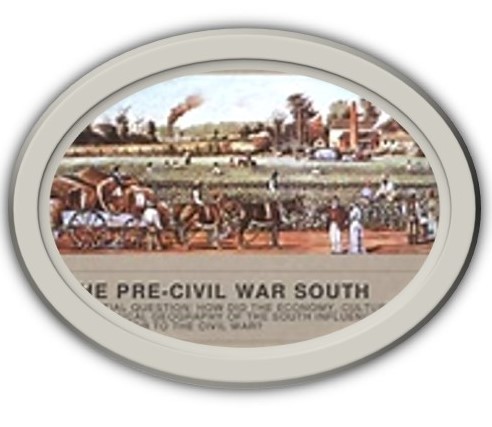Pre Civil War History in Williamson
The Tennessee General Assembly created Williamson County on October 26, 1799, from a portion of Davidson County. This territory had long been inhabited by at least five Native American cultures, including the Cherokee, Chickasaw, Choctaw, Creek, and Shawnee. It is home to two Mississippian-period mound complexes, the Fewkes site and the Old Town site, built by people of a culture dated to about 1000 CE, which preceded such historic tribes.
European-American settlers arrived in the area by 1798, after the Revolutionary War. Fur traders had preceded them. Scots traders had intermarried with Native American women and had families with them. Both sides thought these relationships could benefit them. Most of the settlers were migrants from Virginia and North Carolina, part of a western movement across the Appalachian Moun
tains after the American Revolutionary War. Others came after living for a generation in Kentucky. Many brought slaves with them to cultivate the labor-intensive tobacco crops, as well as to care for livestock
In 1800, Abram Maury laid out Franklin, the county seat, which was carved out of a land grant he had purchased from Major Anthony Sharp. “The county was named in honor of Dr. Hugh Williamson of North Carolina, who had been a colonel in the North Carolina militia and had served three terms in the Continental Congress.
Many of the county’s early inhabitants were veterans who had been paid in land grants after the Revolutionary War. Many veterans chose not to settle in the area and sold large sections of their land grants to speculators. These in turn subdivided the land and sold off smaller lots. In the antebellum years, the county was the second-wealthiest in the state. As part of the Middle Tennessee region, it had resources of rich soil, which planters developed with slaves for a diversity of crops including rye, corn, oats, tobacco, hemp, potatoes, wheat, peas, barley, and hay. This diversity, plus timber resources,
helped create a stable economy, as opposed to reliance on one cash crop. Slavery was an integral part of the local economy. By 1850, planters and smaller slaveholders in the county held 13,000 enslaved African Americans, who made up nearly half the population of more than 27,000 (see table below).
Source: https://en.wikipedia.org/wiki/Williamson_County,_Tennessee
